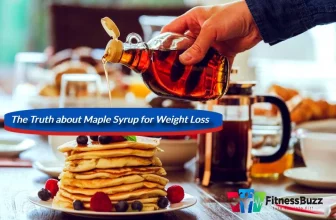Fiber can be mentioned as an underrated nutrient. However, it has multiple sources, and still, a significant majority of the American population lacks it. It cannot be stored in the body, but this essential carbohydrate delivers some serious health-enhancing benefits.
Eating a high-fiber diet is essential for your health. It may help you decrease the risk of obesity, heart disease, and stroke. Research has shown that fiber helps prevent type 2 diabetes and lowers blood cholesterol levels. Is that all? No, the following article will work as a detailed guide on fiber’s importance, benefits, sources, and a lot more. So let’s get straight into the fibrous world.
What is Dietary Fiber?
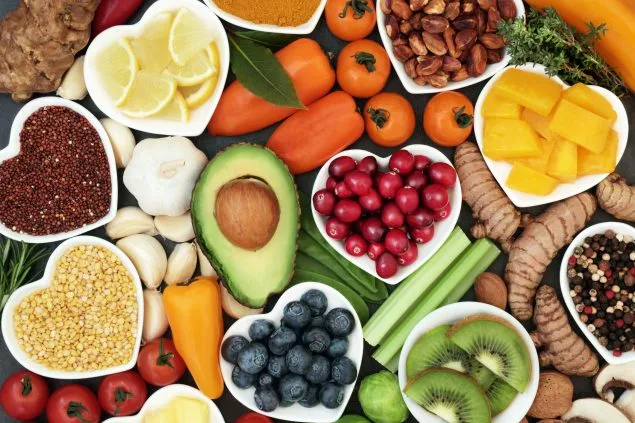
Dietary fiber can be defined as a type of carbohydrate found in plant-based foods. It is not broken down or absorbed by the body. It travels through the digestive system and is excreted from the body along with other waste.
Fiber can be further classified into two different categories:
- Soluble Fiber: The name itself suggests that this kind of Fiber can dissolve in water. Soluble fiber can lower blood cholesterol and insulin resistance and can help regulate blood sugar. The sources can be listed as Brussel sprouts, avocadoes, black beans, broccoli, apples, lentils, etc.
- Insoluble Fiber: Insoluble fiber can help prevent digestive disorders and even promote regular bowel movements. It can be located in green leafy vegetables, certain fruits, quinoa, nuts, lentils, and the list goes on. Fiber can fill you up without contributing a lot of calories. It can also help you stay full for a longer period of time.
This can help prevent overeating and reduce the risk of obesity. These benefits make it an excellent choice for people on a weight loss diet. It is not only these benefits that matter, but Fiber is also a crucial part of an individual’s eating routine. Studies have shown that only 5% of the USA’s total population is able to meet their fiber requirements.
How Much Fiber Should You Eat Daily?
According to the Institute of Medicine, you should consume 25 to 35 grams of fiber per day. This can be considered the optimal dosage for healthy adults. For people above the age of 50, 22-28 grams per day seems to be suitable for both genders.
Each one of us has a different diet and different requirements. Most people depend on a diet that is loaded with animal-derived products or processed and canned food. Because of that, there is no doubt that citizens lack multiple essential nutrients.
Health Benefits of a High-Fiber Diet
Digestive Health: Fiber is known to be friendly for good gut bacteria. It is also helpful in increasing the stool volume and also softens it. Thus, decreasing the risk of constipation and maintaining bowel health.
Weight Loss: A high-fiber diet can help you achieve and maintain a healthy weight. It can also reduce your risk for obesity-related diseases such as type 2 diabetes and chronic heart disease.
Heart Health: A high-fiber diet may lower your risk of heart disease by reducing your blood cholesterol levels. It can also help prevent metabolic syndrome, which is a risk factor for heart disease.
Blood Cholesterol: Some studies show that eating a diet high in Fiber can decrease your blood cholesterol levels by 5% to 10%.
Reduced Risk: Studies show that people who consume high-fiber diets have a lower incidence of type 2 diabetes than people who eat low-fiber diets. A high-fiber diet may also reduce your risk of stroke. A high-fiber diet can help you manage your weight and prevent certain diseases. It can also help you stay regular and prevent the flare-ups of diverticulosis. Pregnant women can also benefit highly from a high-fiber diet.
Which Foods are High in Fiber?
About 25 to 35 grams of dietary fiber per day is believed to be optimal for most adults. A high fiber intake from fruits, vegetables, whole grains, and legumes (beans and lentils) will help you meet this goal. In fact, some good examples of high-fiber foods include beans, whole grains such as oatmeal and barley, fruits such as apples and oranges, and vegetables such as broccoli or Brussels sprouts.
You can also increase your fiber consumption by including the following items:
- Quinoa
- Boiled green peas
- Whole wheat spaghetti
- Oatmeal
- Brown rice
- Nuts (Almonds, peanuts, brazil nut, pistachios, hazel nuts, etc.)
- Berries
- Avocado
Although all plant-based foods contain some dietary fiber, not all foods are equally high in Fiber. For example, 1 cup (154 grams) of raw broccoli has 2.4 grams of fiber, while 1 cup of cooked broccoli has 3.9 grams of fiber. So choose wisely and design a good nutritious diet plan for yourself.
Tips for Increasing Your Intake of Dietary Fiber
1. Choose Whole-Grain Products

Whole-grain products have more dietary fiber than foods made with refined grains. Examples include whole-wheat bread, oatmeal, and barley.
2. Add Beans and Legumes to Your Diet
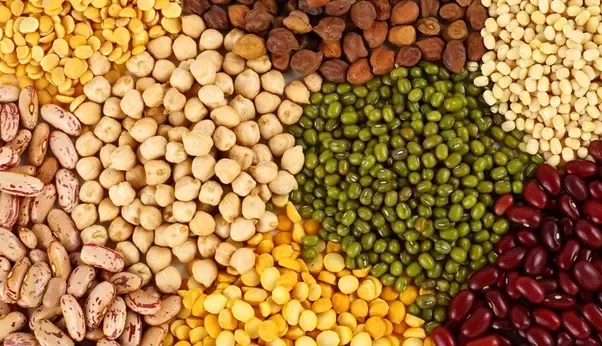
Beans, peas, and lentils are great sources of Dietary Fiber. You can add them to soups, salads, and stews to increase their nutritional content and efficiency.
3. Eat More Fruits and Vegetables
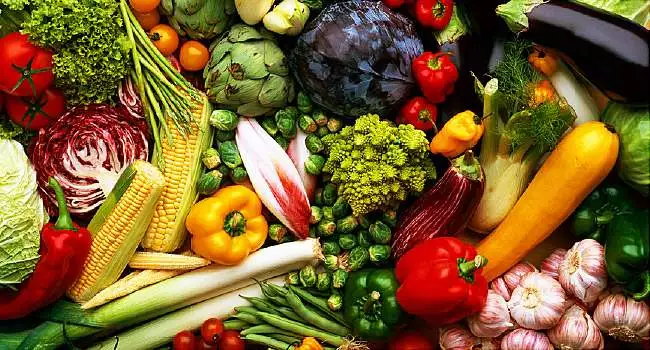
Fruit and vegetable salads, vegetable-based soups, and vegetarian meals are excellent sources of Dietary Fiber. There is a long list of fruits and vegetables that are sure to make you fiber-loaded.
4. Healthy Snacking
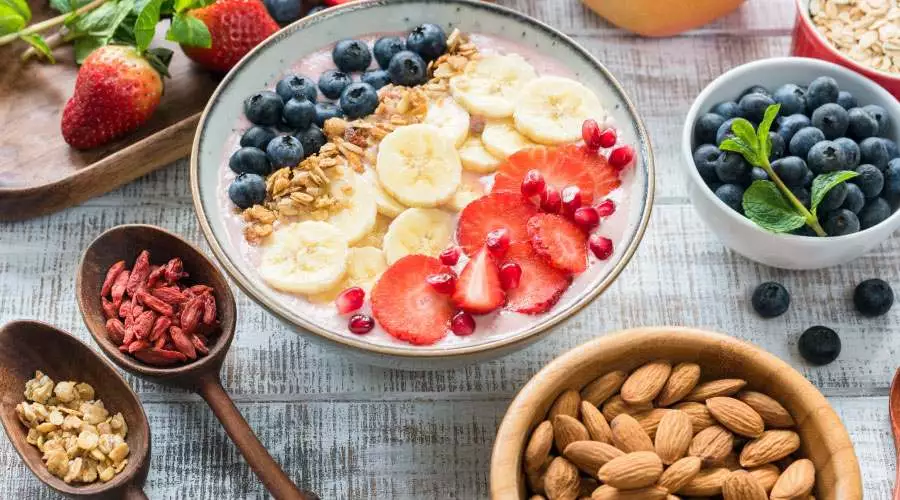
Instead of choosing that oily unhealthy snack such as chips and pretzels, go with the fat-free healthy choices. It can include nuts, fruits, dried fruits, juices, and other high-fiber snacks.
FAQ related to Dietary Fiber
What does dietary fiber protect against?
Consuming enough fiber can help prevent or relieve constipation by allowing waste to move more smoothly through the body. It also promotes a healthy gut macrobiotic. And also, dietary fiber increases the bulk of stool, promotes regular bowel movements, and shortens the time waste spends inside the intestines.
Does dietary fiber provide energy?
Fibers may thus clearly contribute to energy balance. The metabolizable energy content is frequently much lower than the commonly used level of 8 kJ per g fiber, and some fibers may indirectly reduce energy intake through satiety-inducing effects.
Is dietary fiber capable of absorbing fat?
1. Dietary fiber lowers fat absorption and aiding in weight loss.
2. Soluble fiber, in the form of a thick, spread-out gel, prevents fats from being digested and absorbed.
4. Dietary fiber lowers cholesterol.
5. Soluble fiber inhibits the breakdown and digestion of some dietary cholesterol.
What dietary type of fiber is best?
Soluble fiber attracts water into your gut, softening your stools and promoting regular bowel movements. It makes you feel fuller and less constipated and may also lower your cholesterol and blood sugar levels.
Why all that you need to know about dietary fiber?
Dietary fiber increases the weight and size of your stool while softening it. A bulky stool is easier to pass, which reduces the likelihood of constipation. Fiber, which absorbs water and adds bulk to the stool, may help to solidify loose, watery stools. Maintains bowel health.
Bottom Line:
A high-fiber diet can help you achieve a healthy weight and manage your risk of obesity-related diseases. It can also help improve your blood cholesterol levels and reduce your risk of type 2 diabetes.
In addition, increasing your intake of dietary fiber can also help you stay regular. Eating more fruits, vegetables, and whole-grain foods is a simple way to increase your fiber intake. So with that, we hope you include this vital nutrient in your diet and achieve the finest version of yourself.


